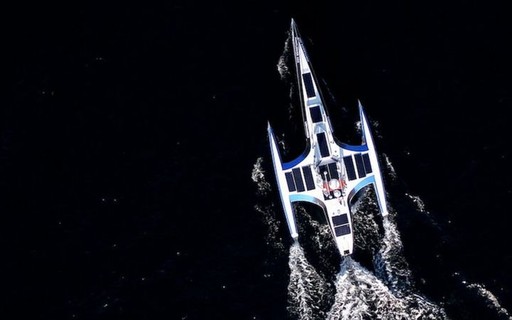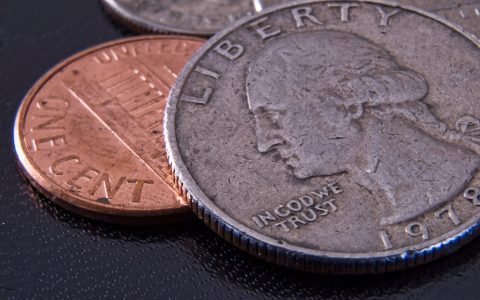
The journey for the autonomous ship Mayflower is expected to take about three weeks (Photo: Oliver Dickinson for IBM/Promire via BBC)

An unmanned robotic ship, designed to recreate the Mayflower’s historic voyage across the Atlantic 400 years ago, began its ocean crossing this week.
The Mayflower Autonomous Ship (MAS) sailed from Plymouth, UK, to Massachusetts, USA on a 3,500-mile (5,630 km) voyage.
According to the creators of the project, the journey is expected to last about three weeks.
The vehicle will also carry out experiments to collect data on marine life and samples of plastic waste during the voyage.
The MAS voyage, made by non-profit ocean research firm ProMare and computer giant IBM, is part of the official Mayflower 400 celebrations.
The project’s creators said the unmanned ship was built to showcase technological advances over the centuries since the Pilgrims left for the New World.
The 15 meter long trimaran is powered by solar power. It is capable of reaching speeds of up to 10 knots (20 km/h) and is guided by an artificial intelligence (AI), which receives information from six cameras and 50 sensors.
The vehicle left Plymouth for Scilly Isles on Tuesday (15/06). According to the developers, on Wednesday (16/06), it went off again and entered international waters.
The original crossing lasted 2 months
Project director Brett Fenuf said he was “incredibly nervous” and “will be under utter stress for the next three weeks.”
“I know everyone on my team is feeling the same knot in the pit of their stomach. No one has finished (this kind of journey) yet, but the weather is perfect for him.”
The original Mayflower was a three-masted wooden vessel, 30 m long, with canvas sails and had a top speed of 3 knots (6 km/h).
At the time, it carried 102 passengers and a crew of about 30 from Plymouth to Cape Cod, Massachusetts.
It took more than two months to cross 1620.
The 2020 version is made of an aluminum composite, with a solar-powered battery with a backup diesel generator.
The robot ship’s progress can be followed on the MAS400 website.




